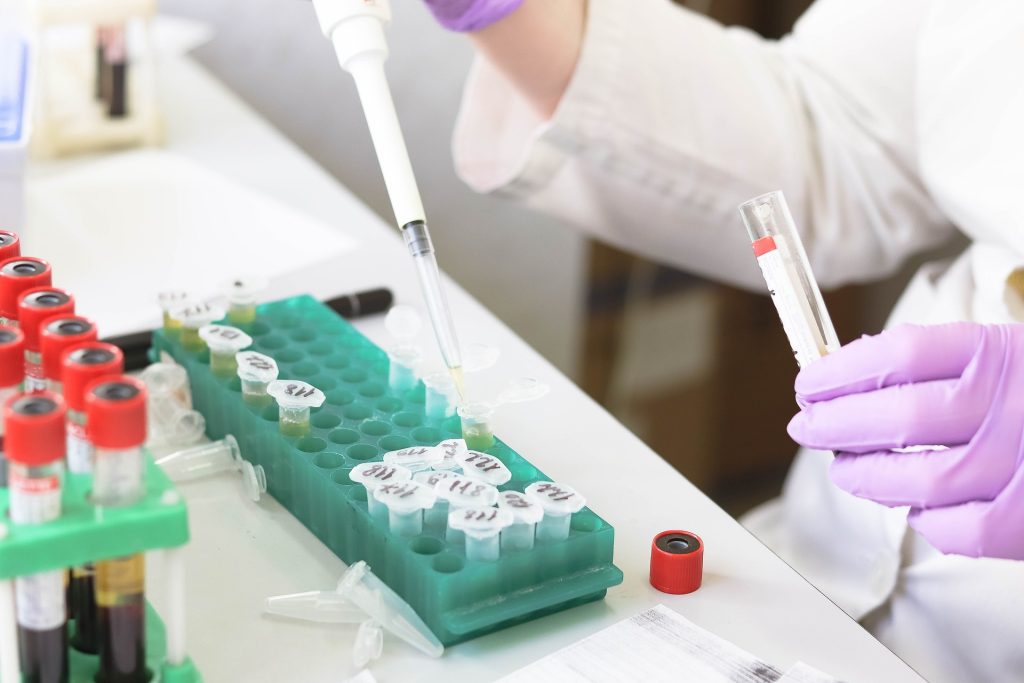Scientists studying asteroid Ryugu samples discovered elongated microorganisms.
Others are reading now
Excitement turned to surprise when scientists studying asteroid Ryugu samples found elongated microorganisms. Were they alien life? Not quite. Despite rigorous handling, the samples were contaminated with Earth-based bacteria.
The Hayabusa 2 mission, nicknamed Peregrine Falcon 2, was launched to explore Ryugu and bring back pieces of its surface.
Early analyses of the samples revealed RNA components, sparking speculation about potential “building blocks of microbial life” in space, as reported by National Geographic, as cited by WP Tech.
But the buzz was short-lived. Follow-up research confirmed the microorganisms weren’t extraterrestrial—they were homegrown Earth microbes.
Also read
Ryugu, a 4.5-billion-year-old asteroid, provided 5.4 grams of material during the mission. The samples were handled with the utmost care, transported from Australia to a high-tech research facility in Sagamihara, Japan, where contamination levels are carefully controlled. Containers were opened in vacuum chambers, and some of the material was stored in nitrogen to preserve its pristine state.
Yet, contamination found a way.
One sample, dubbed A0180, was sent to the UK for further analysis by Matthew Genge of Imperial College London. X-ray scans revealed nothing unusual, so the particles were encased in epoxy resin for microscopic study. Weeks later, under a scanning electron microscope, scientists spotted filament-shaped bacteria.
The discovery initially sparked excitement—could these be alien microbes? But closer inspection revealed the truth: they were Earth bacteria, likely introduced during the resin embedding process. All it took was a single bacterium to set off microbial growth.
While the results weren’t interstellar, they tell an important story about the tenacity of life. Even under minimal conditions, life finds a way to thrive.
The findings are also a stark reminder of the challenges in studying extraterrestrial materials. Preserving their untouched state is a daunting task, but it’s crucial for ensuring scientific accuracy.


